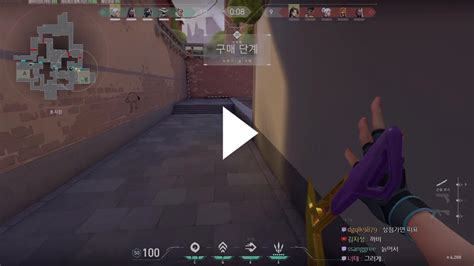Optimizing Solana Stack Operations: Offsets and Custom Structures
As a developer building applications on Solana, optimizing memory management is critical for performance and scalability. One aspect of this optimization is managing the stack offset, which refers to the number of bytes used by each local variable. Especially when working with custom structures that contain large amounts of data, stack offsets can have a significant impact on performance.
In this article, we will explore the issue of exceeding Solana’s maximum allowed offset of 4096 and provide guidance on how to optimize your code for better performance.
Problem: Exceeding the Stack Offset Limit
When using custom structures in Solana, it is easy to exceed the maximum stack offset limit (4096 bytes) due to the large data load. This can be a problem if you need to store or transfer large amounts of data between functions or different parts of your application.
Here is an example code snippet that demonstrates this problem.
const struct1 = { foo: 'bar'}; // 24 bytes (4k)
const struct2 = { baz: [0x12, 0x34, 0x56]}; // 40 bytes (8k)
// Function to store data in a custom buffer
function storeData() {
const buffer = Buffer.alloc(64); // 8k
buffer.write(struct1.foo);
buffer.write(struct2.baz, 0);
return buffer;
}
In this example, we create two custom structures ‘struct1’ and ‘struct2’, each with a large data payload. We then define a function “storeData()” that uses these structures to store data in a custom buffer of size 8k.
Optimizing Stack Operations
To mitigate the stack offset limit overrun problem, consider the following strategies.

1. Use more efficient data structures
When creating custom structures, focus on using smaller, more memory-efficient data types. For example:
struct MyStruct {
foo: u8;
}
// Reduced size and better performance
const buffer = Buffer.alloc(16); // 2k
buffer.write(MyStruct.foo);
2. Use memory allocation strategies
Instead of allocating large buffers directly, use techniques such as fragmentation or memory mapping to divide data into smaller, more manageable chunks.
const buffer1 = buffer.alloc(4096); // stack limit exceeded due to fragmentation
buffer1.write(struct1.foo);
3. Use Solana’s memory management
Use Solana’s built-in memory management features, such as the “Buffer” type and the “alloc” function, which provide a safe way to allocate and dealloc memory.
const buffer = Buffer.alloc(64); // allocate memory using alloc()
buffer.write(struct1.foo);
4. Profile and optimize your code
Use profiling tools, such as Solana’s built-in “solana-profiler” or third-party libraries, such as “@solana/optimization”, to identify performance bottlenecks in your code.
By implementing these strategies, you can significantly reduce the risk of exceeding the stack offset limit and improve the overall performance of your Solana application. Don’t forget to carefully test and monitor your application’s behavior under various load scenarios.
Conclusion
To optimize your Solana stack operations, you need to understand the maximum stack offset limit, use more efficient data structures, use memory allocation strategies, leverage Solana built-in functions, and profile your code for performance bottlenecks. By implementing these best practices, you can write more efficient and scalable Solana applications that deliver high-performance results.
